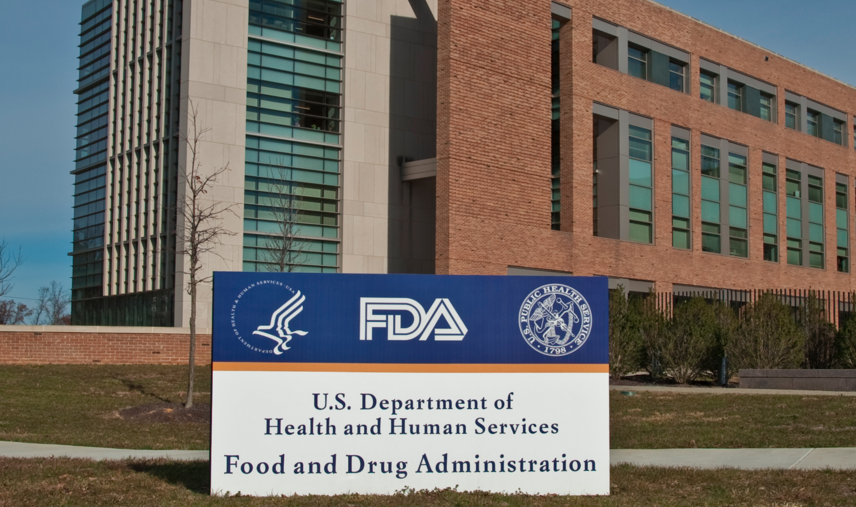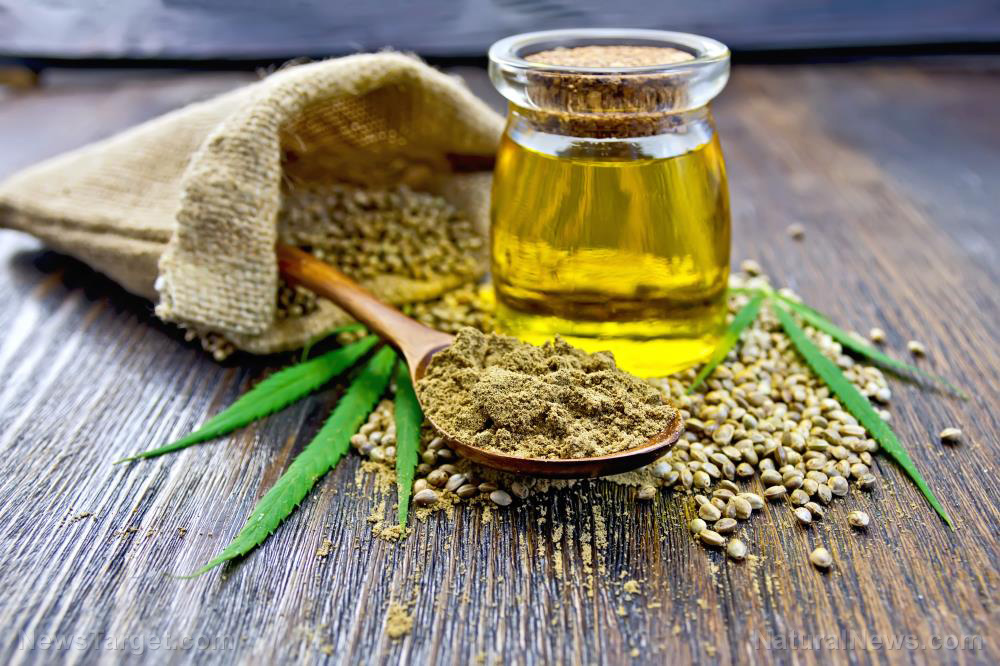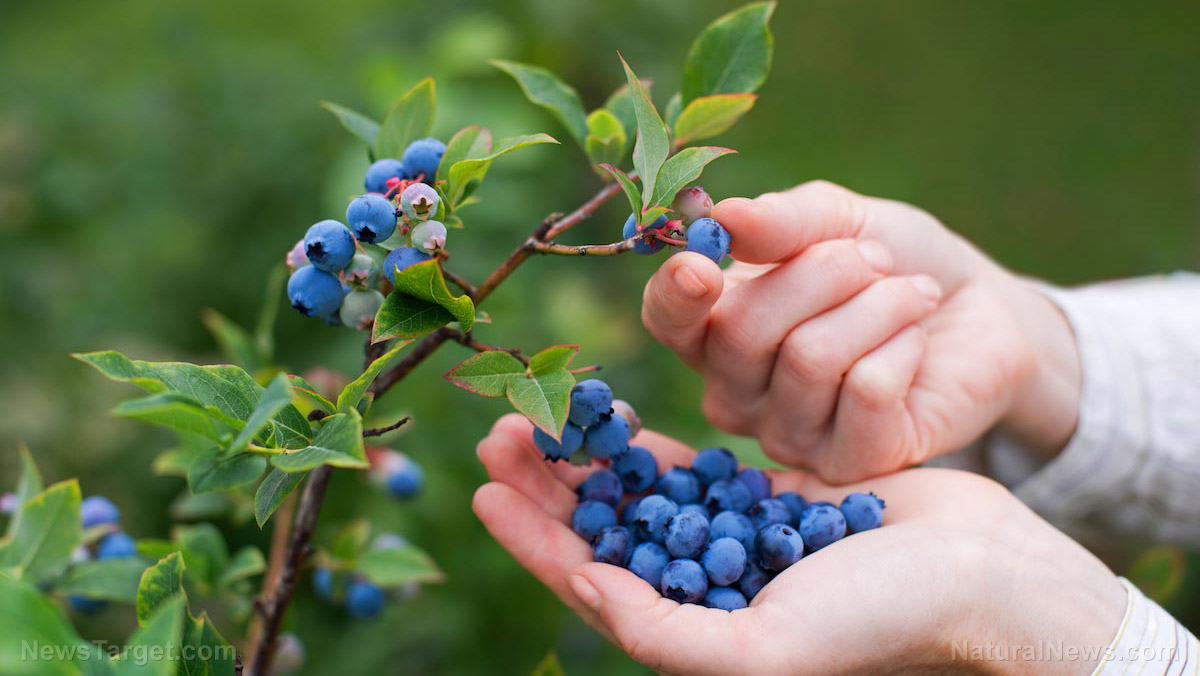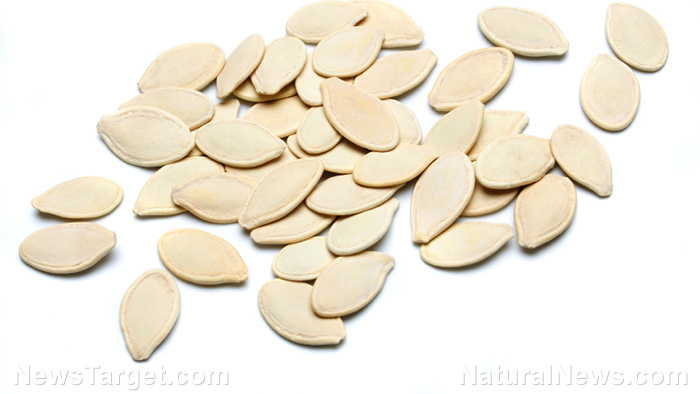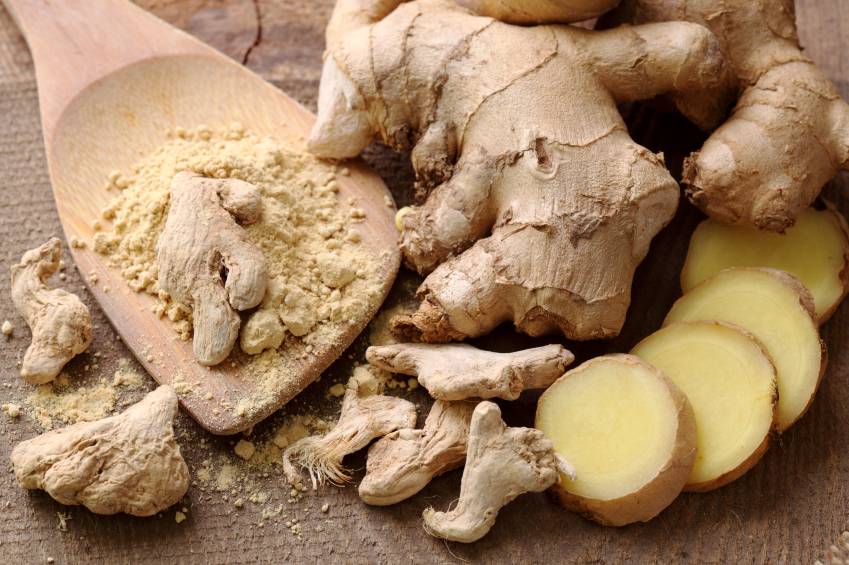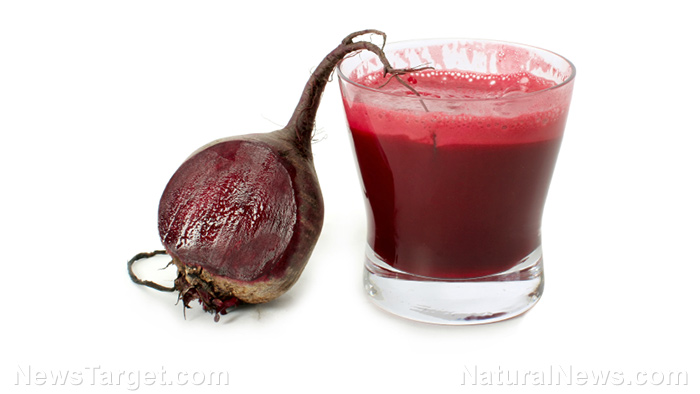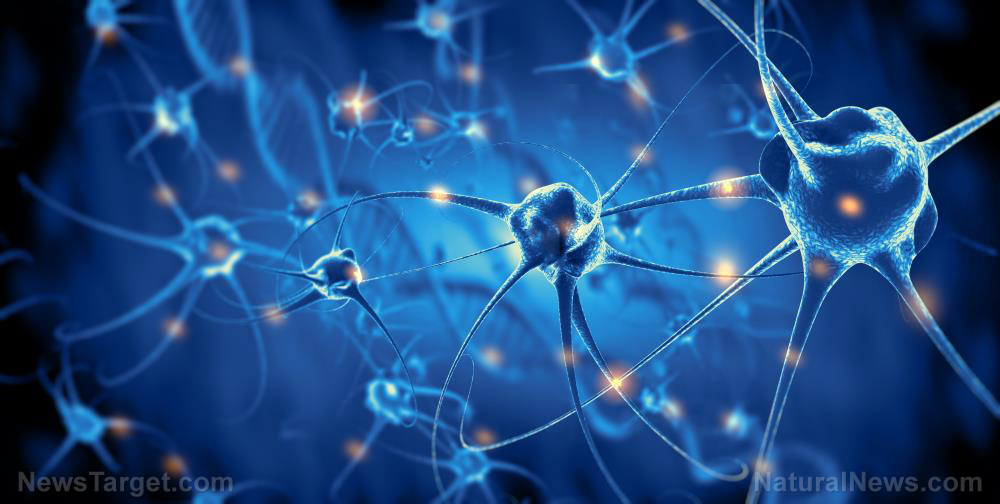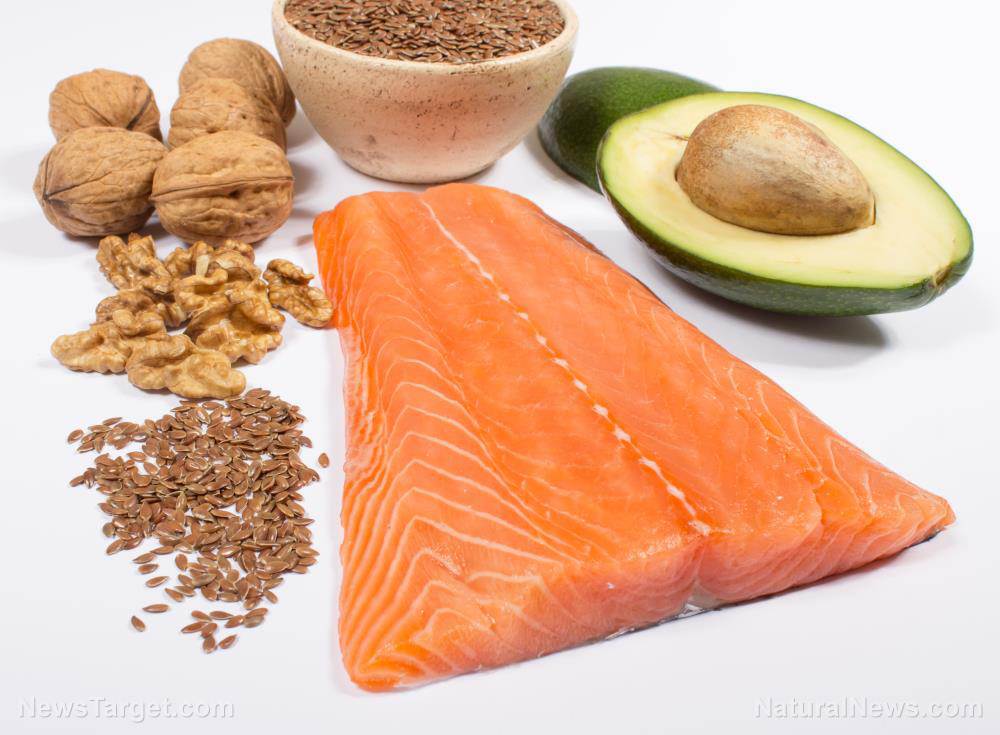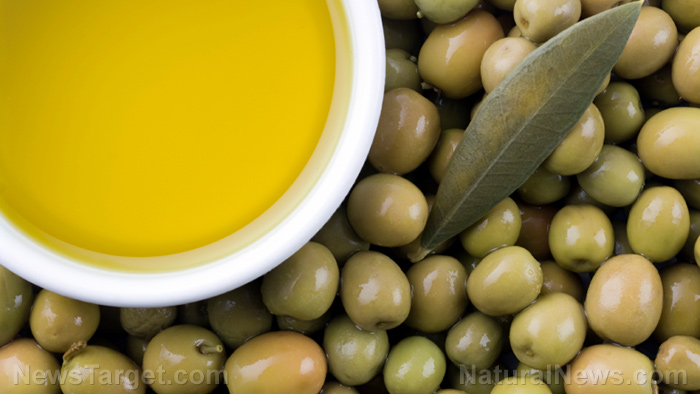Is this cruciferous vegetable the key to brain regeneration?
03/09/2019 / By Lance D Johanson
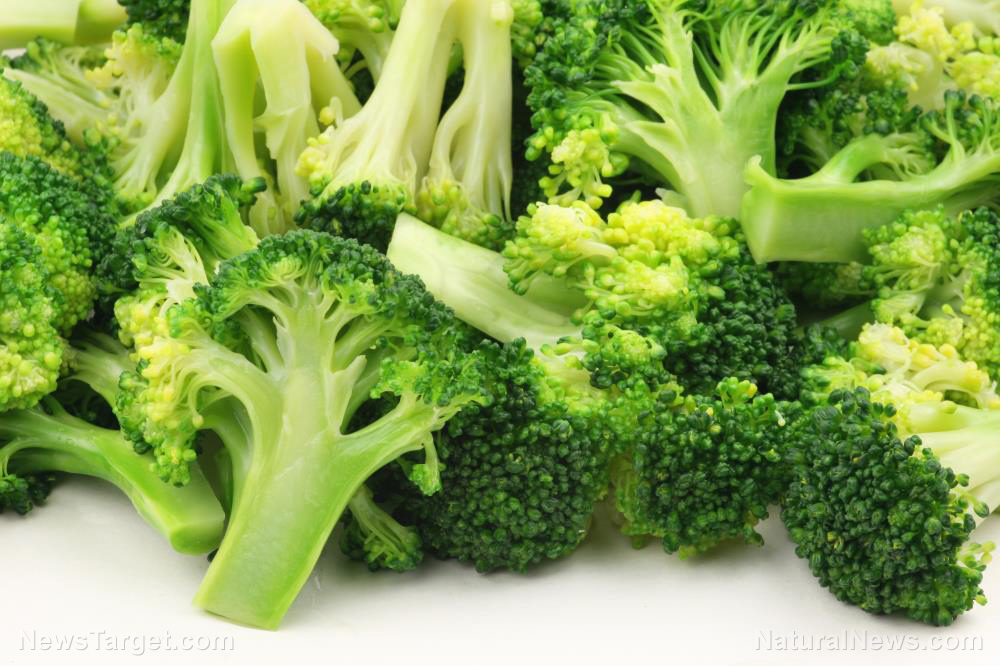
The human brain is always in a state of self-repair. Neural stem cells (NSC) naturally repair and replace aged and damaged nerve tissue. This natural process of brain regeneration is expedited by certain beneficial phyto-nutrients, and hampered by certain toxic elements. Common pollutants in air, water, food, and medicine (such as mercury and aluminum) negatively influence one’s ability to learn, remember, and communicate. The deterioration of the nervous system is prevalent today, in the old and in the young, as a result of exposure to such toxins.
For decades, scientists believed the science was settled on the issue, that brain regeneration was not possible. The father of neuroscience, Santiago Ramón y Cajal, once declared that “nothing may be regenerated” in the adult brain. Today, scientists are uncovering multiple methods of brain regeneration. One of those pathways involves cruciferous vegetables.
The development and growth of nervous system tissue, or neurogenesis, was first observed in the 1960s by MIT scientist Joseph Altman. Scientists around the world are now documenting the regenerative properties of many phyto-substances. For example, an isoflavone called Puerarin, found in all kinds of plants, namely kudzu, accelerates peripheral nerve regeneration. Another compound, withanolide A, extracted from Ashwagandha root, reconstructs synapses. If these substances can encourage and stimulate the brain’s regenerative process, why aren’t they being used as mainstream treatments in cases of Parkinson’s, dementia, and autism? In all cases, nerve tissue could be repaired more quickly, leading to improvements in cognitive function.
Molecule in broccoli speeds up nerve tissue regeneration
Common cruciferous vegetables may hold the key to brain regeneration because the compound within them is very bioavailable. This medicinal compound is called sulforaphane. The greatest concentrations of sulforaphane are found in broccoli. This sulfur-containing biomolecule is most abundant in the young shoots of broccoli sprouts. Sprouts can be easily grown on the kitchen counter at home or could be mass produced within nursing homes and hospitals. Sulforaphane is versatile healing molecule, effective for treating 200 different conditions, including breast cancer.
The newest study on sulforaphane shows that, even at low concentrations, it is capable of stimulating cell proliferation and increasing neurosphere formation. In the study, “Effects of sulforaphane on neural stem cell proliferation and differentiation,” sulforaphane up-regulated Wnt signaling in the neural stem cells and stimulated neural stem cell differentiation to neurons. (Wnt signaling is a key molecular pathway involved in tissue regeneration.)
Additionally, sulforaphane exhibits anti-inflammatory properties that counter the oxidative stress of neurodegenerative disease. Sulforaphane exerts its anti-in?ammatory e?ect by suppressing interleukin-1b (IL-1b). Furthermore, sulforaphane increases the brain’s antioxidant mechanisms by up-regulating nuclear factor erythroid 2-related factor 2 (Nrf2f). (Related: Powerful natural medicine in broccoli sprouts found to prevent cancer and protect the brain from stroke damage.)
On top of these discoveries, the researchers were astounded by sulforaphane’s high bio-availability, especially when administered as an oral supplement. Cruciferous vegetables are the kind of foods that should be fed to the elderly population in hospitals and nursing homes. In this way, aged and damaged nerve tissue could be repaired more quickly, lending to better quality of life for seniors. Many seniors are already suffering from neurodegenerative disease on many different levels. Sulforaphane alone could speed up nerve system regeneration and change lives for the better.
For more on brain health, visit Brain.news.
Sources include:
Submit a correction >>
Tagged Under:
Brain, brain regeneration, broccoli, cognitive function, cruciferous, cruciferous vegetable, Cures, food cures, foodismedicine, grocery cures, natural cures, natural remedies, nervous system repair, nutrients, plantmedicine, prevention, research, sulforaphane
This article may contain statements that reflect the opinion of the author
RECENT NEWS & ARTICLES
COPYRIGHT © 2017 BRAIN NEWS


